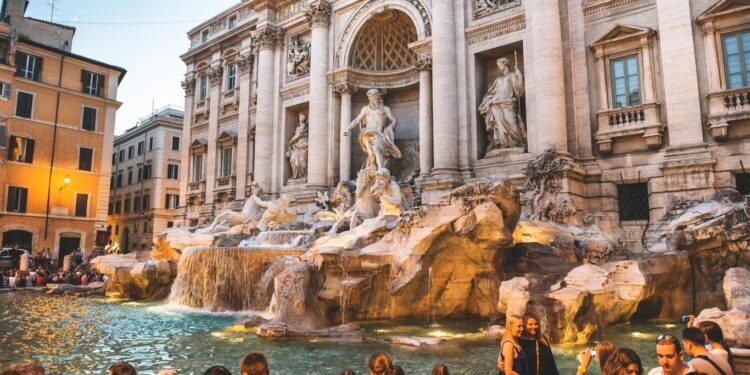Rome’s Incorporation into Italy: A Pivotal Moment in Italian Unification
The incorporation of Rome into the newly formed Kingdom of Italy in 1870 marked a crucial turning point in Italian history, symbolizing the completion of the Risorgimento movement and the birth of modern Italy. This event, known as the “Capture of Rome” or “Porta Pia breach,” ended over a thousand years of Papal temporal power and cemented Rome’s status as the capital of unified Italy.
Historical Context
The Italian unification process, driven by figures like Giuseppe Garibaldi and Count Camillo di Cavour, had been ongoing since the 1850s. By 1870, most of the Italian peninsula had been unified under the rule of King Victor Emmanuel II. However, Rome remained under Papal control, protected by French troops loyal to Napoleon III.
The Fall of Rome
The opportunity for Italian forces to take Rome arose in July 1870, when France withdrew its troops to fight in the Franco-Prussian War. On September 20, 1870, Italian forces led by General Raffaele Cadorna breached the Aurelian Walls at Porta Pia, a gate on the eastern edge of Rome. After a brief conflict, Pope Pius IX surrendered the city.
Implications and Aftermath
The incorporation of Rome had far-reaching consequences:
- Political Unification: Rome became the capital of Italy in 1871, fulfilling the dream of a unified Italian state.
- End of Papal Temporal Power: The Pope’s political control was reduced to Vatican City, leading to decades of tension between the Italian state and the Catholic Church.
- Cultural Significance: Rome’s rich history and cultural heritage became a source of national pride and identity for the new Italian state.
- Urban Development: The city underwent significant modernization and expansion to accommodate its new role as a national capital.
- International Recognition: The incorporation of Rome solidified Italy’s position as a unified nation on the European stage.
The incorporation of Rome into Italy was not just a military victory but a pivotal moment in Italian history. It marked the end of centuries of political fragmentation and the beginning of Italy as a modern nation-state. While it created initial tensions with the Catholic Church, it ultimately paved the way for Italy’s development as a unified country with a rich cultural heritage centred in its ancient capital.
newshub


Recent Comments